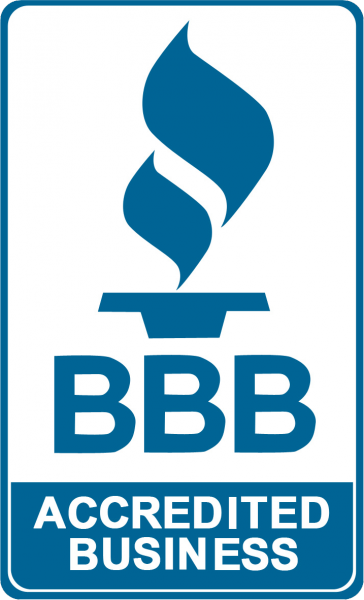COULD YOUR FAMILY HAVE AN AFFLUENZA PROBLEM?
Affluenza. It’s become an all-too-common term used to describe the extreme bad attitudes and actions— sometimes horrific actions—of some children of affluent families. While it’s not an official medical diagnosis, the label accurately fits some kids today growing up surrounded by sizable family wealth. If you’ve got one or more such children living under your […]
Fiduciary Voices Interview with Marissa Beyer: Financial Strategies to Help Achieve Your Dream Getaway
Marissa Beyer was interviewed for the Fiduciary Voices FinLit Series, sharing financial strategies you can employ to make your dream getaway less of a burden.
Don’t Let These Financial Surprises Trip You Up
Surprises on our birthday can make for truly special, wonderful moments. But when it comes to surprises about our finances? Yeah, not so much. It’s possible, of course, to receive terrific, unexpected news that you’ve just inherited a fortune or that the early-stage company you invested in a few years ago has become a unicorn. […]
Fiduciary Voices Interview with Tony D’Amico: Leadership and Strategy for Small Business Success
Tony D’Amico was interviewed for Fiduciary Voices FinLit Series, sharing strategies for small business success and highlighting our Value Acceleration Process for business owners.
How The Wealthy Navigate Stormy Weather
The past few years reminded all of us that financial markets not only don’t always go up—a lesson we all likely know—but also that they can go down in surprising ways. We don’t know the next curveball the markets will throw our way or when it will happen. But history suggests that at some point […]
Shield Your Wealth With Asset Protection Strategies
If you’re a high-income professional or entrepreneur—or if you simply have a substantial net worth—you probably realize that in today’s litigious culture, you could be an attractive target for unfounded or frivolous lawsuits. But what have you done to actually reduce the risk of losing your wealth if you get sued? In our experience, far […]
Is Your Pet Part of Your Estate Plan?
More U.S. households today own pets than ever before—a full 70%, up from 56% back in the late 1980s. And more than 23 million households (about one in five) adopted a pet during the pandemic. If you’re a part of that large group—made up of roughly 90 million families—you probably consider your pet an important […]
HERE’S WHY YOU MAY NEED TO UPDATE YOUR ESTATE PLAN
Estate planning—the process for how you transfer your wealth to heirs and others—can be important for anyone who wants comfort knowing that their loved ones are adequately provided for and taken care of. When done well, estate planning aims both to allow you to pass on your assets as you see fit, and to minimize […]
ADDRESSING THE CHALLENGES OF GIVING—ANDRECEIVING—FAMILY WEALTH
While most people would agree that having money is better than not having money, wealth itself doesn’t guarantee a smooth, happy or successful path. That can be particularly true among those who inherit family wealth. Affluent parents and grandparents often worry about the potential negative impacts of giving significant wealth to their kids. Meanwhile, inheritors […]
Swift Chat with Tony D’Amico: Building the RIA of Choice
In this Swift Chat interview, Tony D’Amico discusses the journey of building an admirable firm that stands out as the RIA of choice for clients and professionals


